How do the FDA’s Gluten Free Labeling Rules affect me?
How do the FDA’s Gluten Free Labeling Rules affect me?
Thanks to the FDA’s Gluten Free Labeling Rules, “gluten free” labels on packaged foods finally have real meaning! Before these rules took effect, the term “gluten free” was unregulated, with manufacturers making their own decisions about what gluten free means.
Announced in 2013 and taking effect in August 2014, the new FDA Gluten Free Labeling Rules are especially important for people who suffer from Celiac disease and don’t absorb nutrients well. Celiac sufferers can get sick from the gluten found in wheat and other cereal grains. The FDA announced that food manufacturers had a year to ensure that anything labeled gluten free contains less than 20 parts per million of gluten — ensuring that those products are technically free of wheat, rye and barley. That amount is generally recognized by the medical community to be low enough so that most people who have Celiac disease won’t get sick if they eat it.
The FDA’s Gluten Free Labeling Rules ensure that companies can’t label products “gluten free” if they are cross-contaminated from other products made in the same manufacturing facility. The rules don’t apply to restaurants, but the FDA is encouraging them to comply.
The use of FDA-approved Gluten Free Labels will be voluntary, not mandatory — manufacturers that wish to cater to gluten free consumers could add the labels to their packaging, but they wouldn’t be required to do so. The labels won’t eliminate the need for us to learn to identify gluten on food labels, either, since the FDA’s rules won’t require manufacturers to disclose gluten-containing ingredients.
However, if you’re particularly sensitive to trace amounts of gluten, remember that the FDA’s Gluten Free Labeling Rules still allow tiny amounts of gluten in gluten free foods, and it’s still possible to get gluten symptoms from labeled gluten free foods.
The FDA’s Gluten Free Labeling Rules emphasize the importance of reading labels and being aware of what you’re eating at home, on the go, out to eat, everywhere. Now you can bring the ease and convenience of gluten free food labeling to your own kitchen with Gluten Free Labels! Gluten Free Labels are easy to use, easy to see and tell you in an instant if food is safely gluten free or hands-off. Let Gluten Free Labels make your gluten free lifestyle safer, easier, more organized. Click here to learn more.
Source: Yahoo news, About.com



From what I understand, the 20ppm stradnad was established in the USA based on the stradnad required in Europe. It is not arbitrary. Re. emagef, I believe that Celiac disease and gluten intolerance are different conditions. For individuals with Celiac (myself included), exposure to gluten triggers a reaction from our immune system that causes systemic damage to our bodies. My sister is soy and dairy intolerant. While she feels bloated and uncomfortable following ingestion of either substance, she does not have an autoimmune disease that is attacking her body. The owner of a sandwich shop with gluten-aware employees told me to use the following phrase when ordering severe gluten allergy. I’ve found the phrase indispensable when eating at other establishments. Celiac disease is more than having an unhappy body (like my sister’s after dairy). Our bodies attack themselves. If allergy is defined as: an abnormal reaction of the body to a previously encountered allergen introduced by inhalation, ingestion, injection, or skin contact, often manifested by itchy eyes, runny nose, wheezing, skin rash, or diarrhea (dictionary.com), then surely Celiacs qualify.